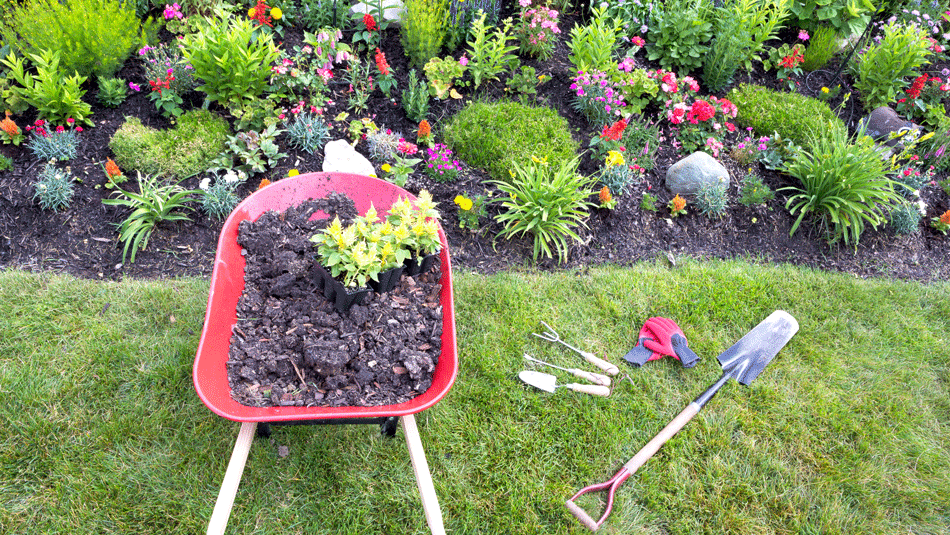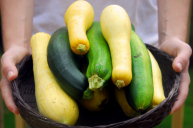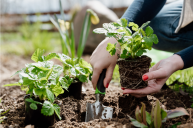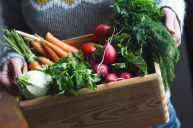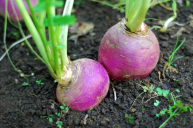Imagine the scene: you spend all weekend tilling up that old garden plot in your backyard. You asked around about when to plant your garden, and everyone said this was the weekend. You plant all of your starts, filled with excitement. Your head is spinning with the future possibilities: all you can think about is baskets brimming with fresh zucchini and tomatoes. The next day, you go outside to a gruesome scene: frost.
Videos by Wide Open Country
I can't talk about what follows because it's still too painful. All that potential, lost and gone, because I planted them too early. How could I have known? Could this have been prevented? The answer is a resounding yes!
With this handy calculator, all you need to do is enter your zip code and it'll tell you when to plant based on the first and last frost date in your area.
Planting Dates and Frost
Vegetables are divided into two categories: cool-season crops, and warm-season crops. Cool-season vegetables like potatoes, lettuce, broccoli, and onions grow best at ranges between 40 degrees F and 75 degrees F. These plants can be planted in early spring, about four weeks before the last frost date. These plants actually germinate better in cooler soil.
Warm-season vegetables, like tomatoes, peppers, Brussels sprouts, eggplants, or corn, need to wait until the danger of frost is well past. These plants are used to tropical climates, so frost will kill these tender crops. Temperatures below 50 degrees F can cause these plants to perform poorly, so it's best to wait until mid- or late May.
Starting Seeds Indoors
In most climates, you can plant seeds in starter kits and house them inside to prevent the freezing temperatures from killing your starts. This creates healthy, strong plants that are ready to produce once the danger of frost has passed.
When you reach the right date for each type of plant, you can transplant your starts outside. The question is: Do you know when to plant?
Know the Freeze Dates
This calculator will help you understand the freeze dates for your area. Armed with this information, you can create a planting calendar with the best planting time for each of your cool- and warm-season crops.
Once you enter your zip code, the website tells you the average frost date for your area. For example, in Durango, Colorado, my average risk of frost is from August 27 through July 3. No wonder my plants all died when I planted them on May 1st!
Now, just because I only have 55 frost-free days in my area doesn't mean that I can't grow a garden. Armed with this knowledge, I can create a garden planner that maximizes the chances that my young, tender starts won't freeze. Once they are bigger and more hearty, they should be able to stand up to any possible late August freezes. I can also be on the lookout for any late frosts so I can cover my plants at night.
So, even though it's late May, I think I might wait another couple weeks before I plant my starts. I don't think my heart can handle a repeat of last year!
